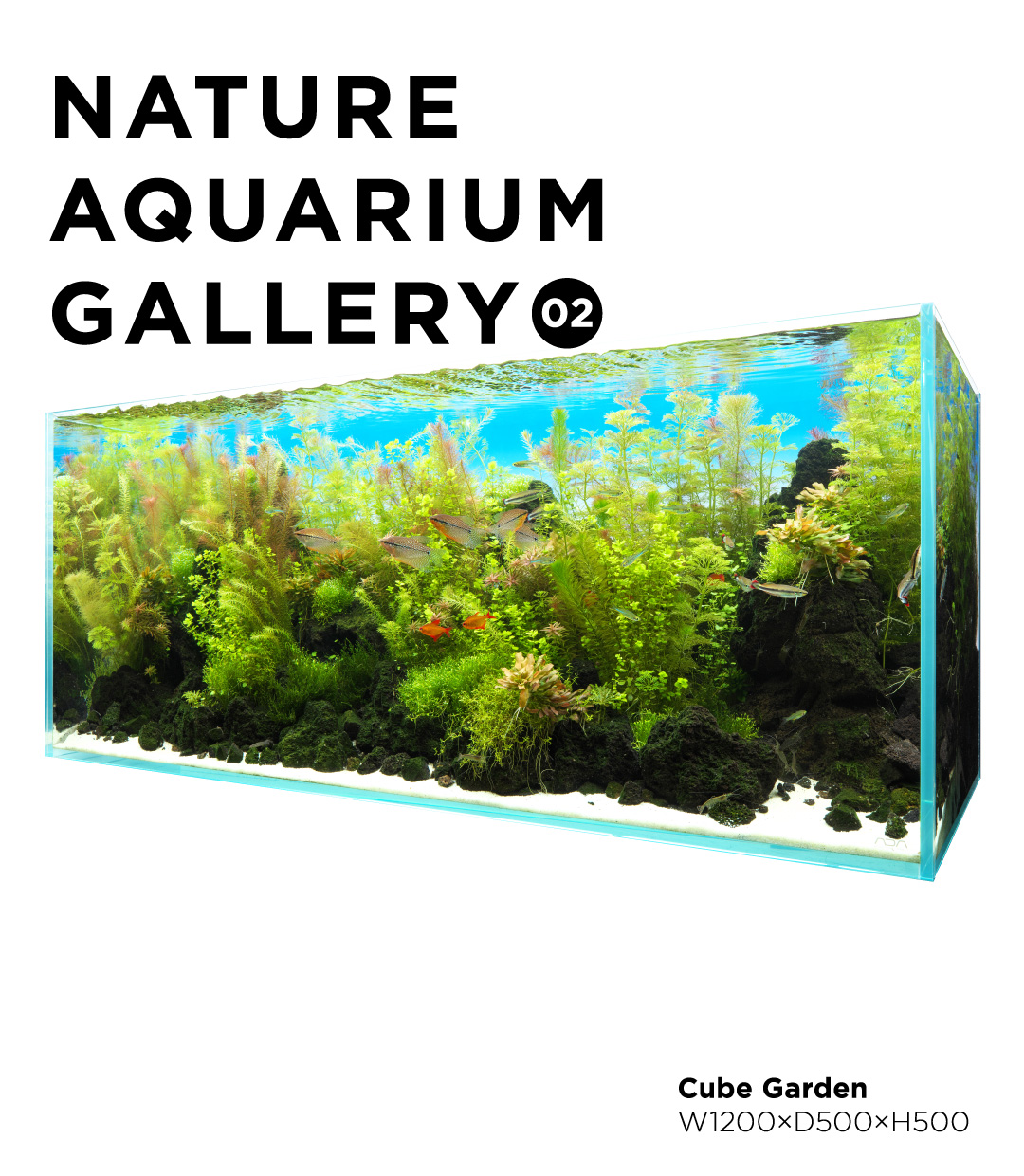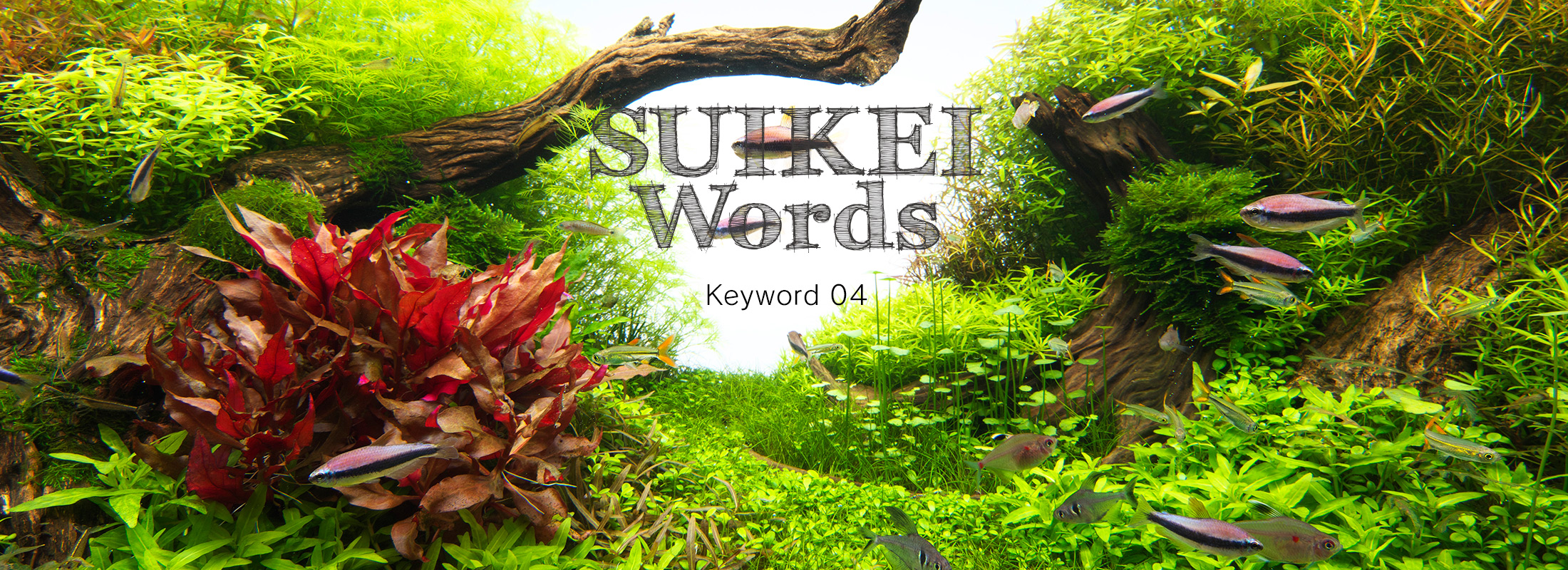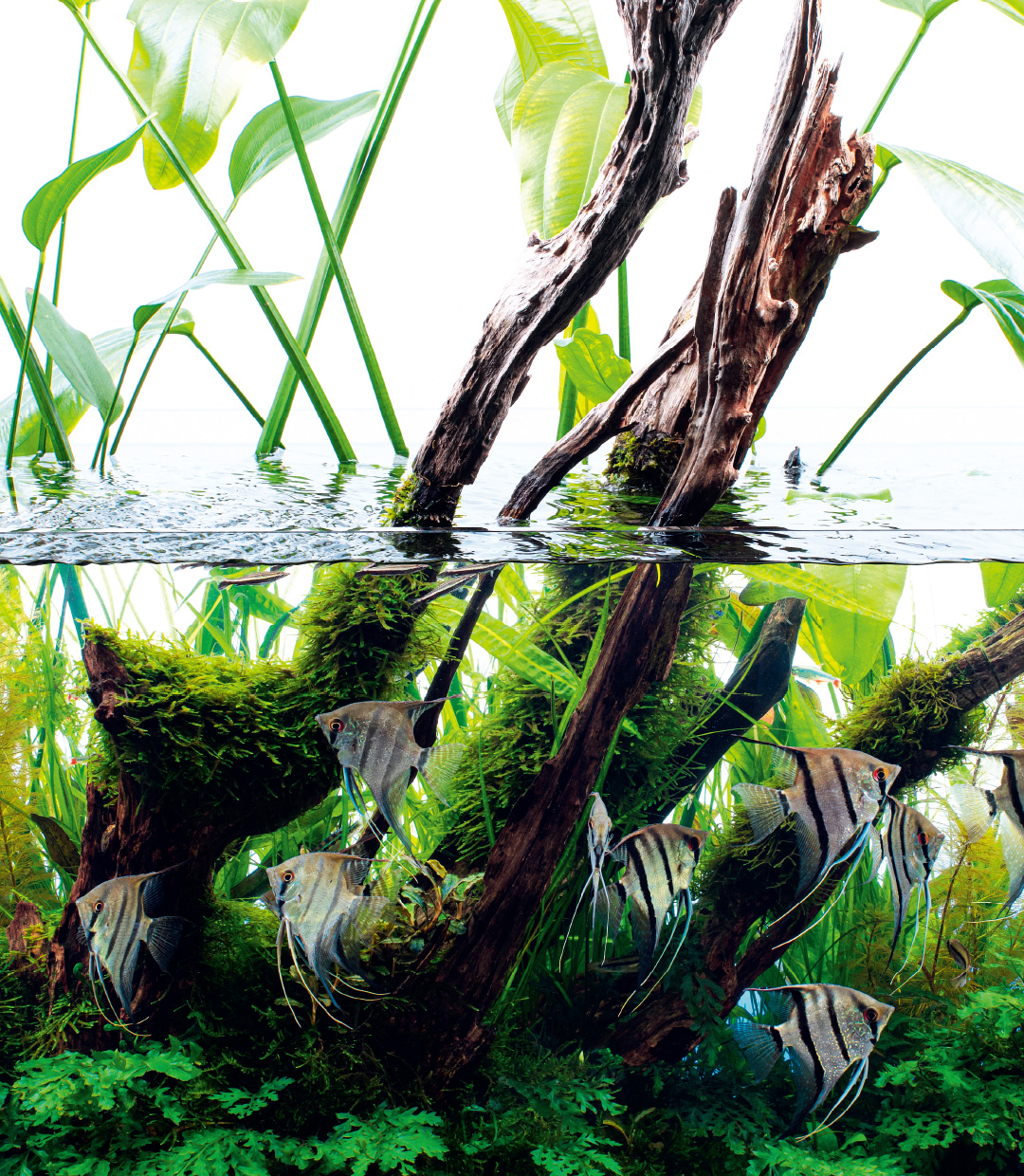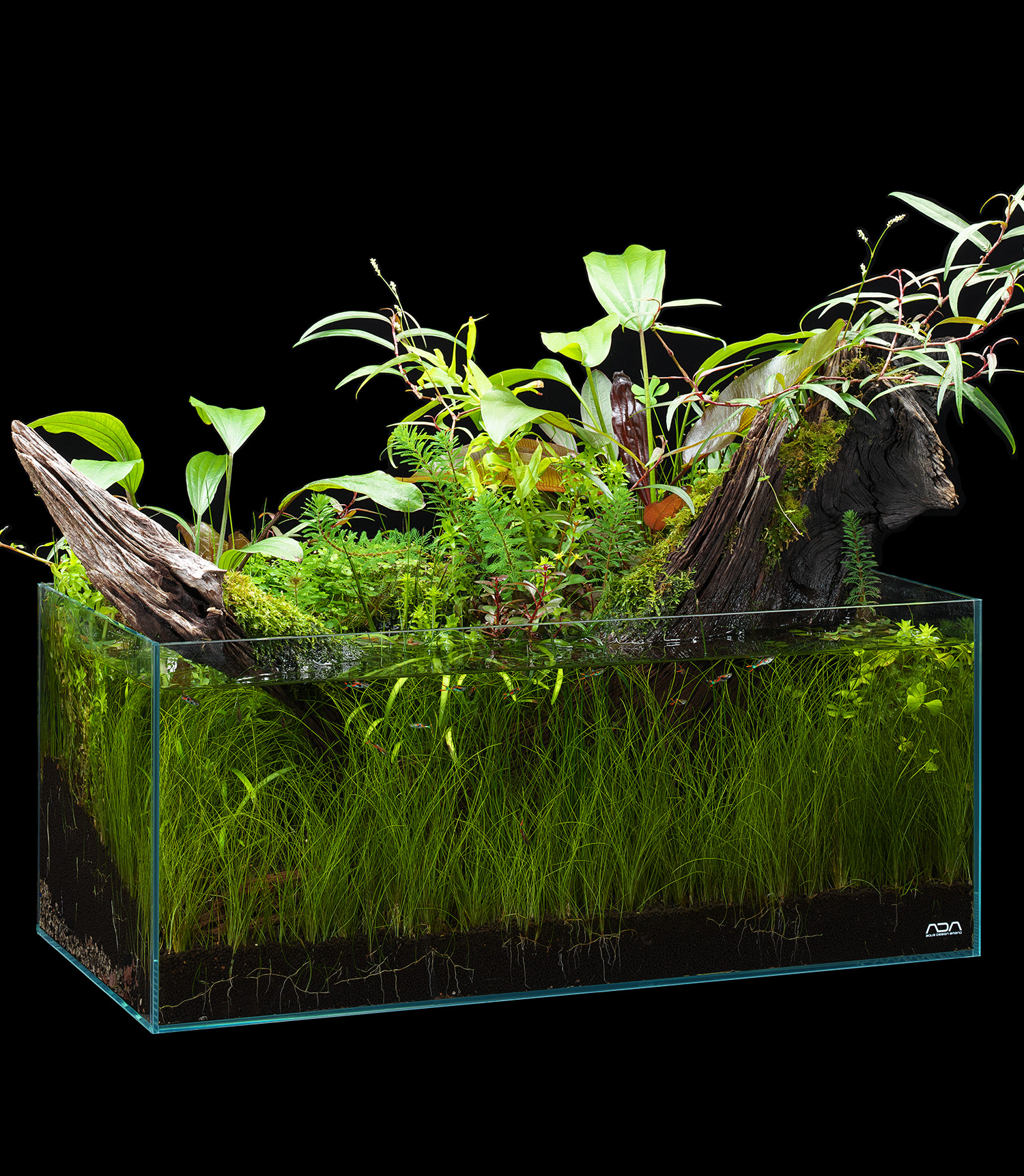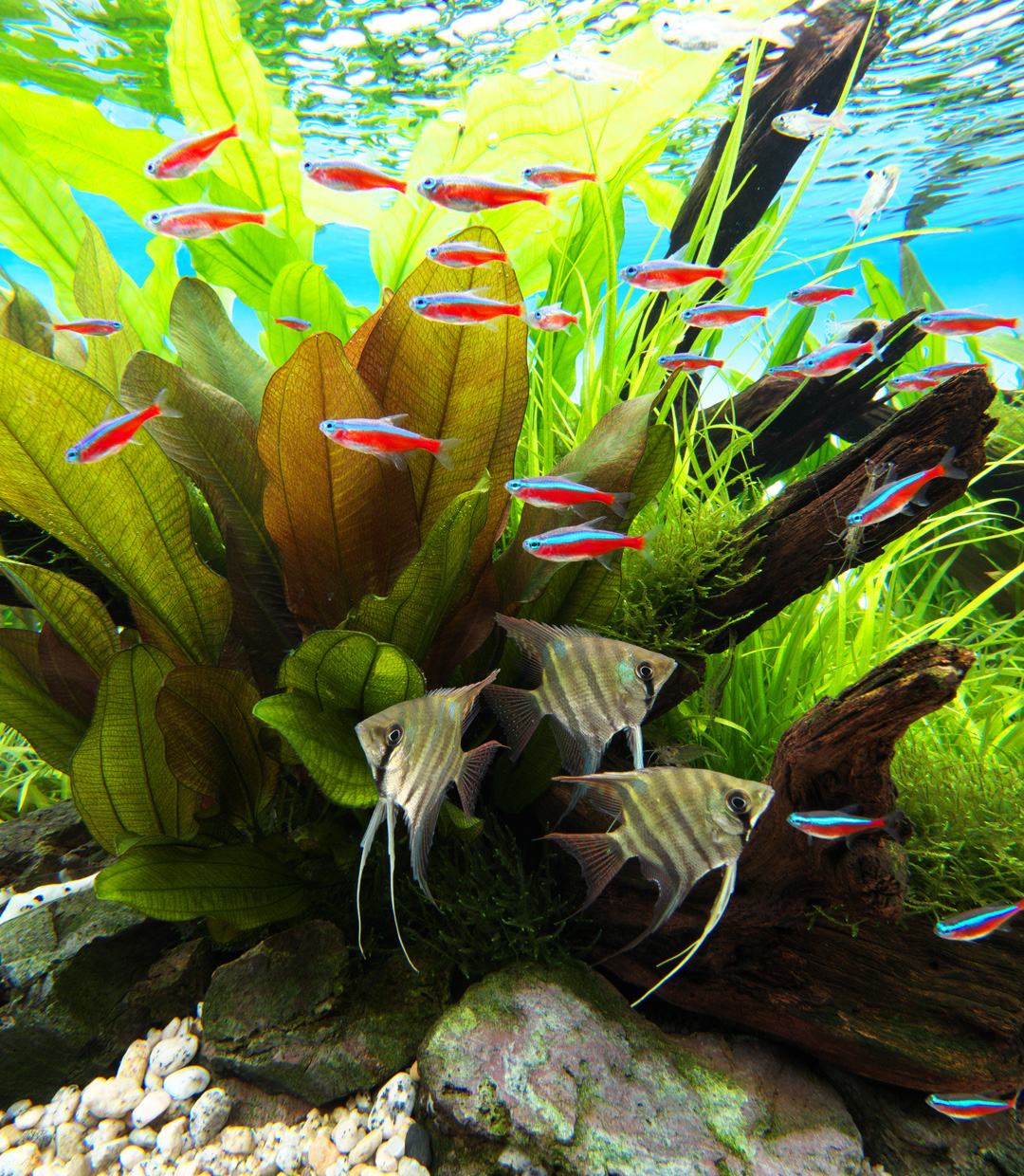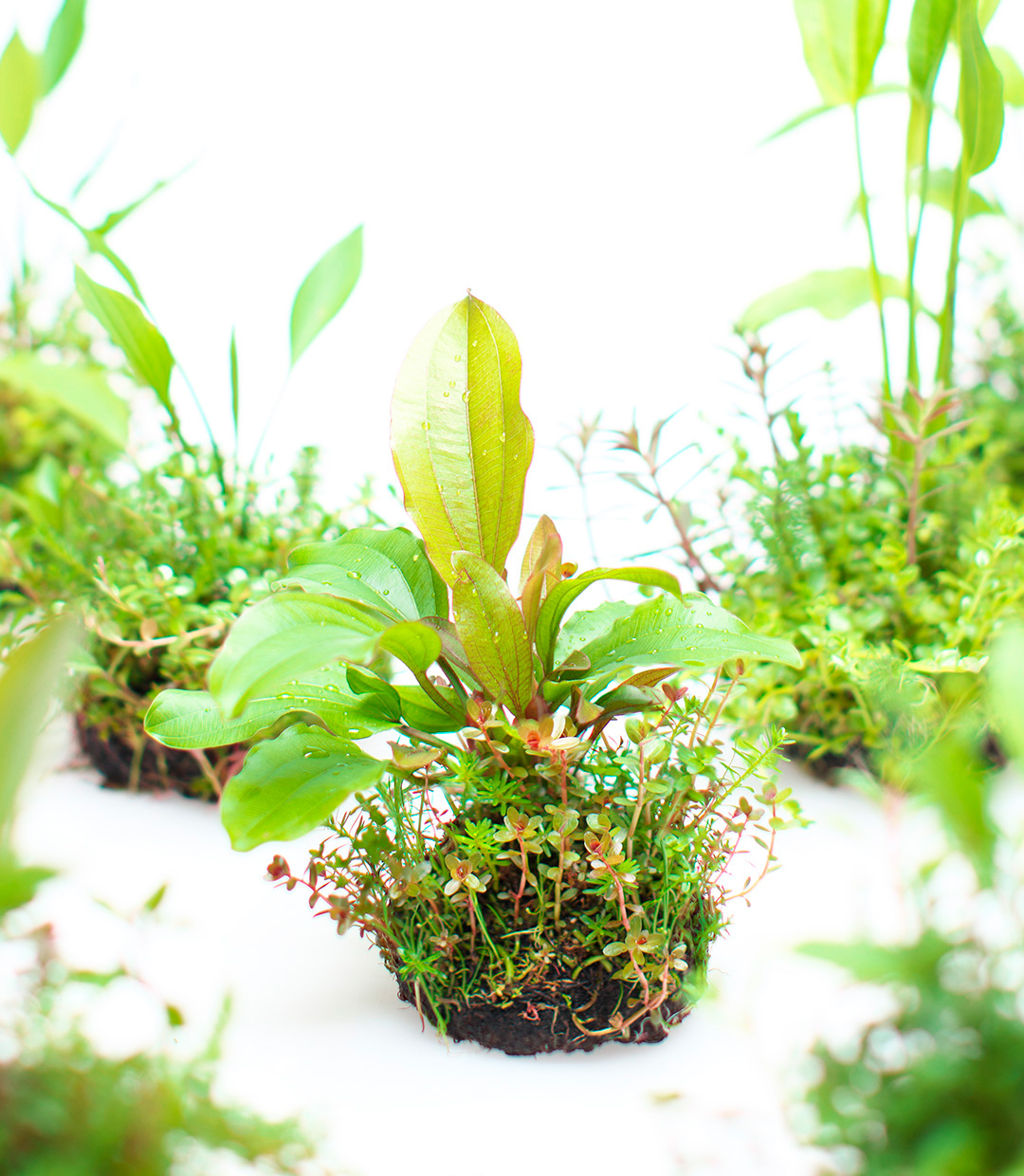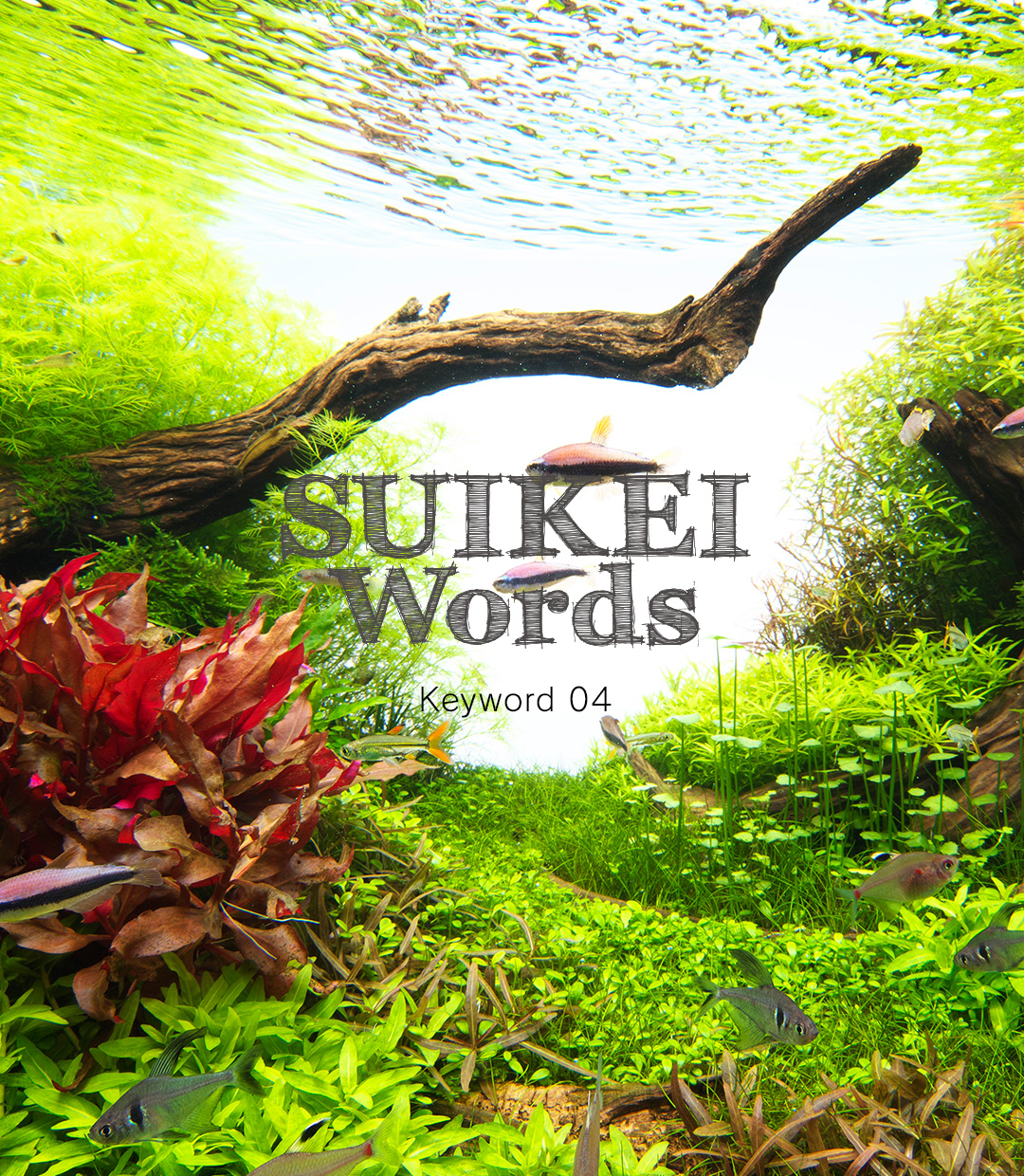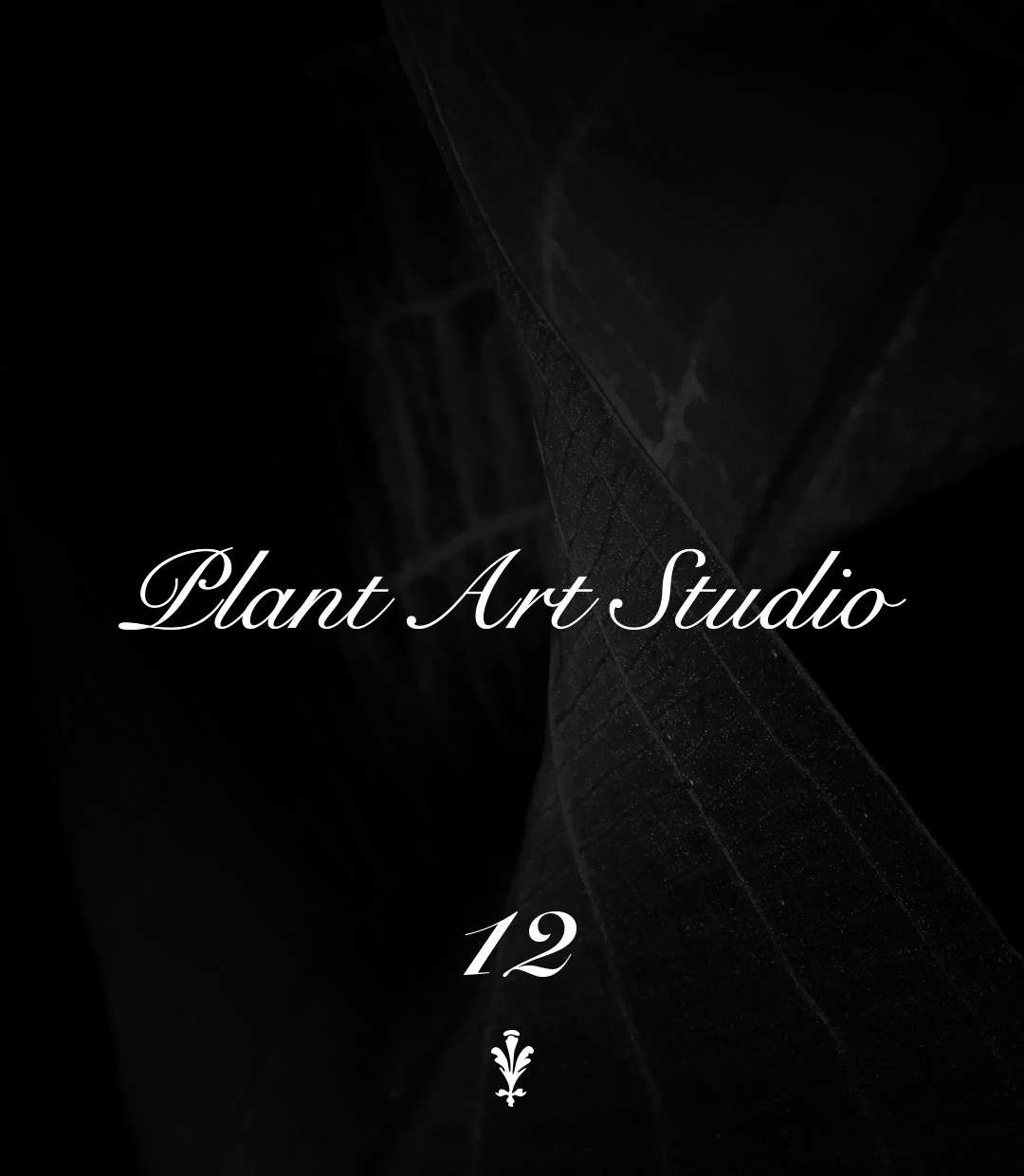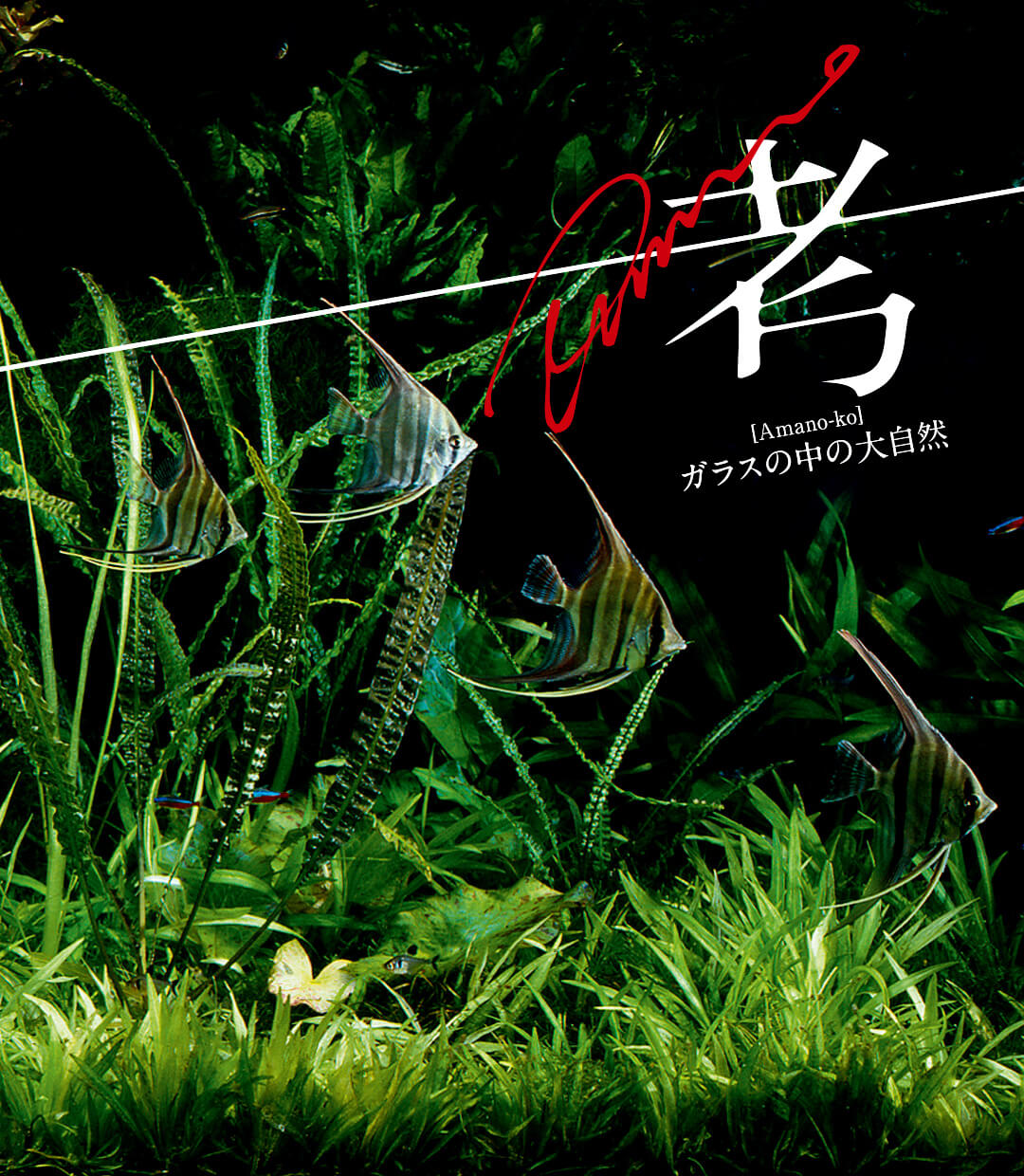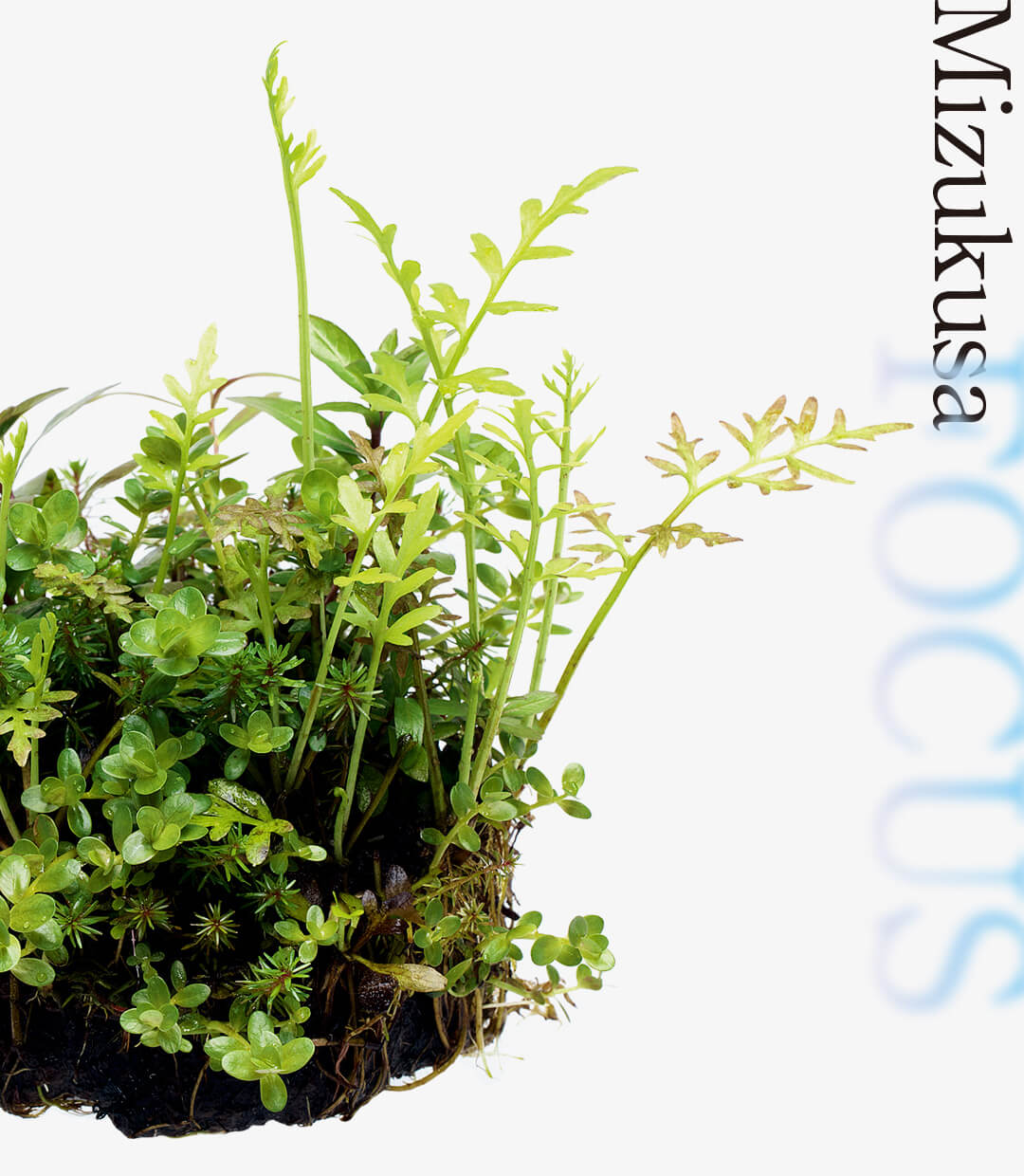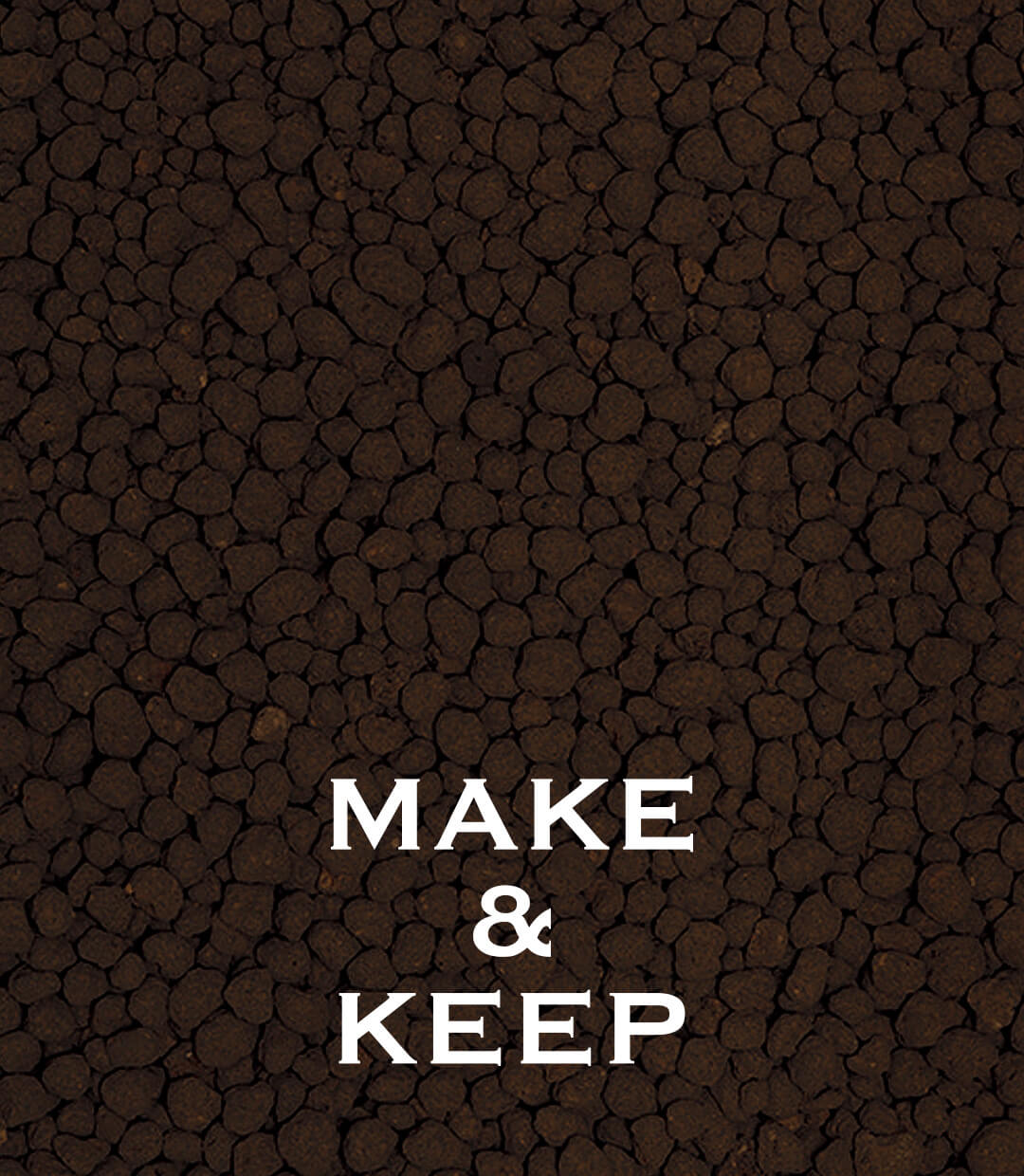SUIKEI WORDS Keyword 04 ‘Planting’
To design beautiful aquascapes, there are some basic points to bear in mind.
In this column, the Suikei creators will explain and illustrate each point as a keyword.
Let’s deepen our knowledge of aquascaping!
In this column, the Suikei creators will explain and illustrate each point as a keyword.
Let’s deepen our knowledge of aquascaping!
There are so many kinds of aquatic plants with variations in height, leaf size, and color. Using several different types of plants, you can create a beautiful aquascape, presenting a delightful atmosphere. Please keep in mind the planting techniques that bring out their individual strengths, because it will help you appreciate small details in the aquascape and add some charming aspects to it.
Visual expression with leaf sizes
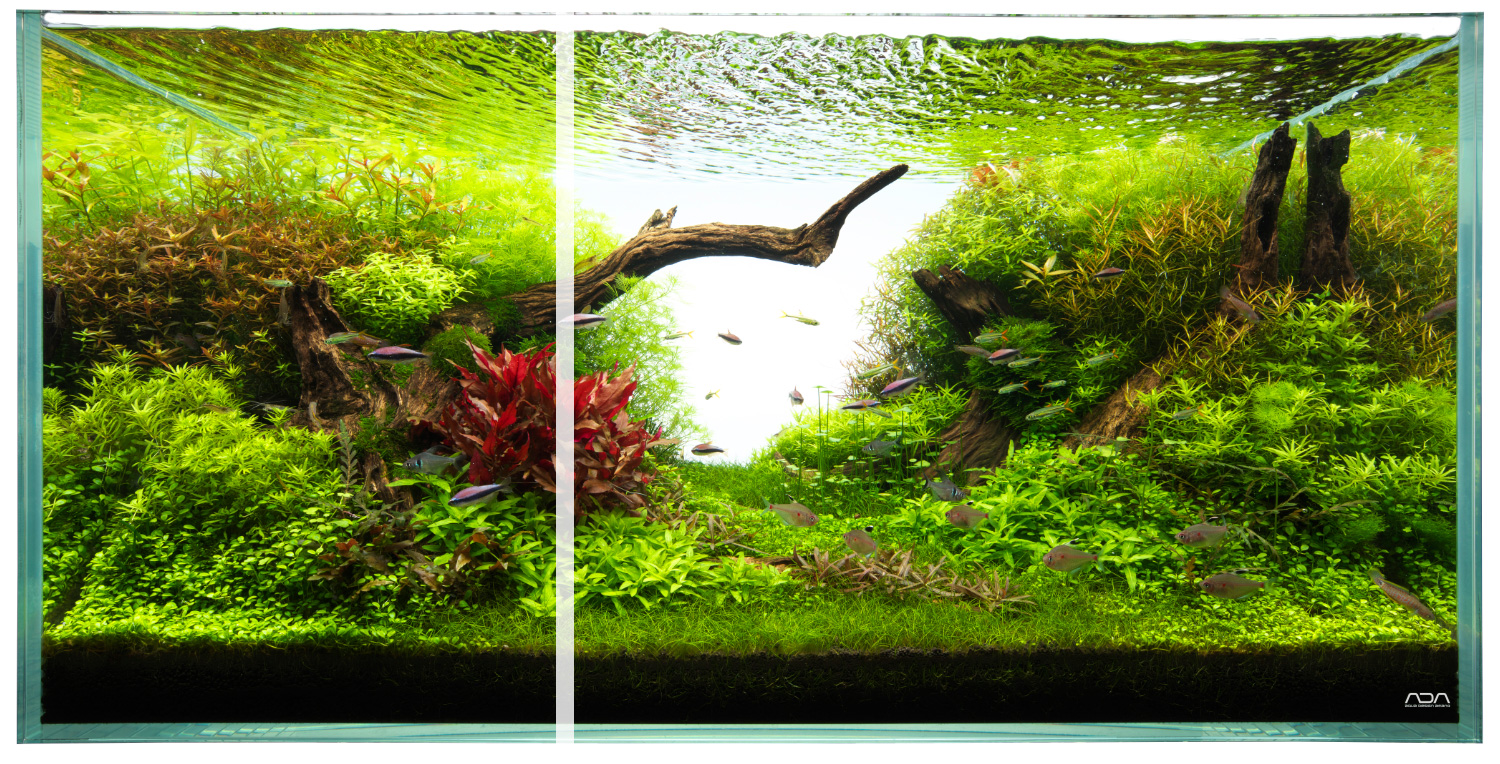
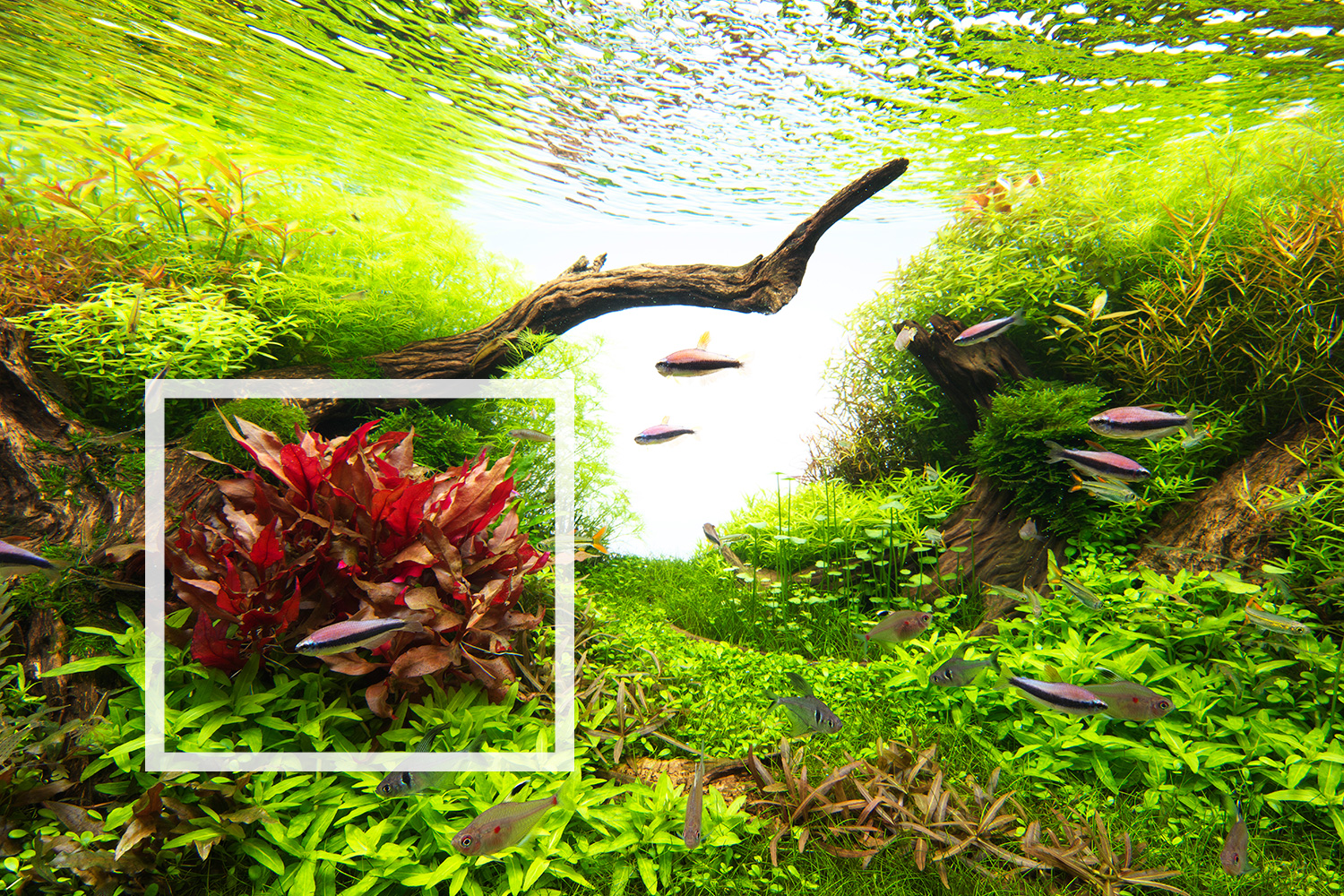
Contrast with surrounding plants
An aquatic plant with reddish large leaves was placed at the focal point in the aquascape to fine tune the overall balance. It helps draw a viewer’s eye to Alternanthera reineckii ‘Mini’, and then into the depth of the aquascape.
An aquatic plant with reddish large leaves was placed at the focal point in the aquascape to fine tune the overall balance. It helps draw a viewer’s eye to Alternanthera reineckii ‘Mini’, and then into the depth of the aquascape.
Visual expression with leaf colors
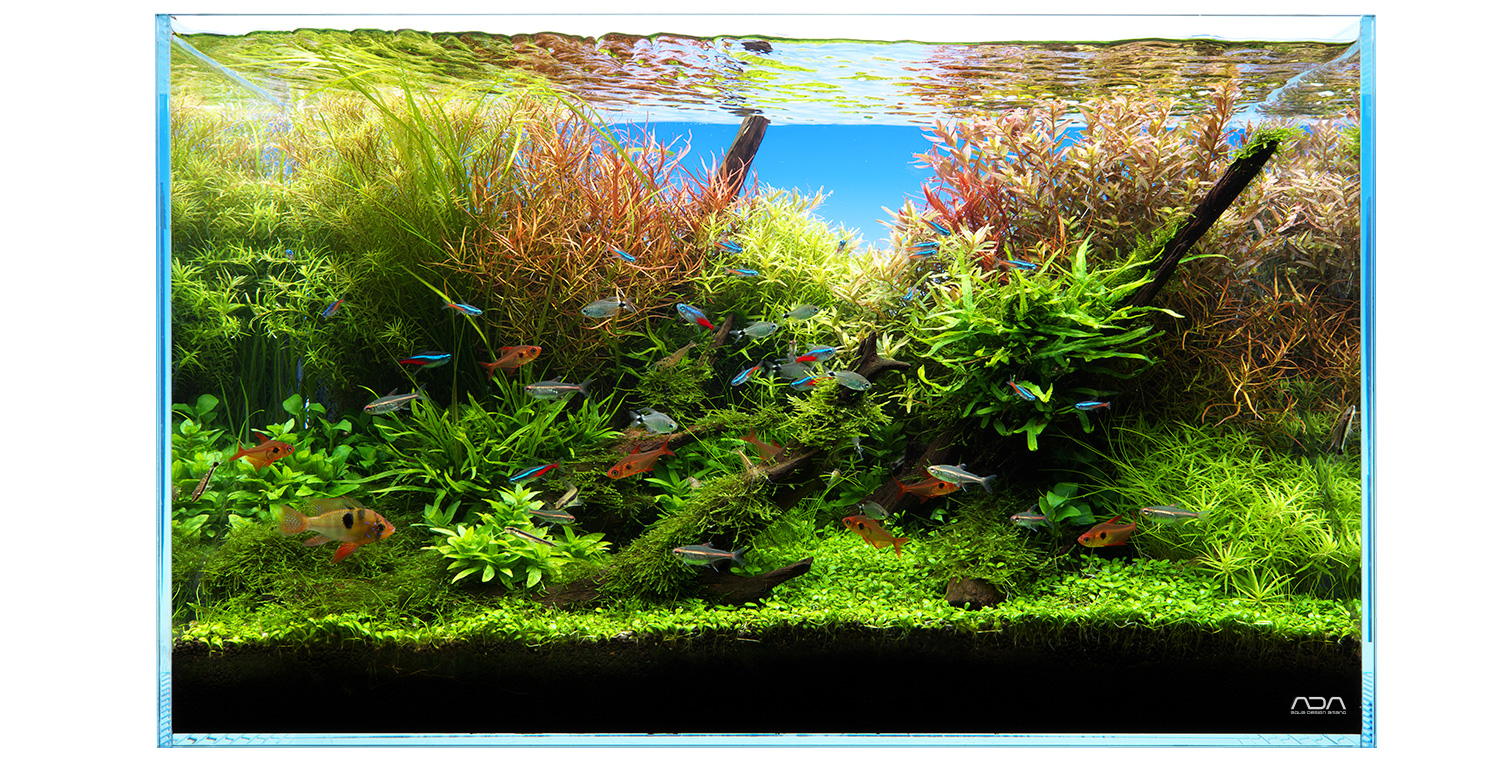
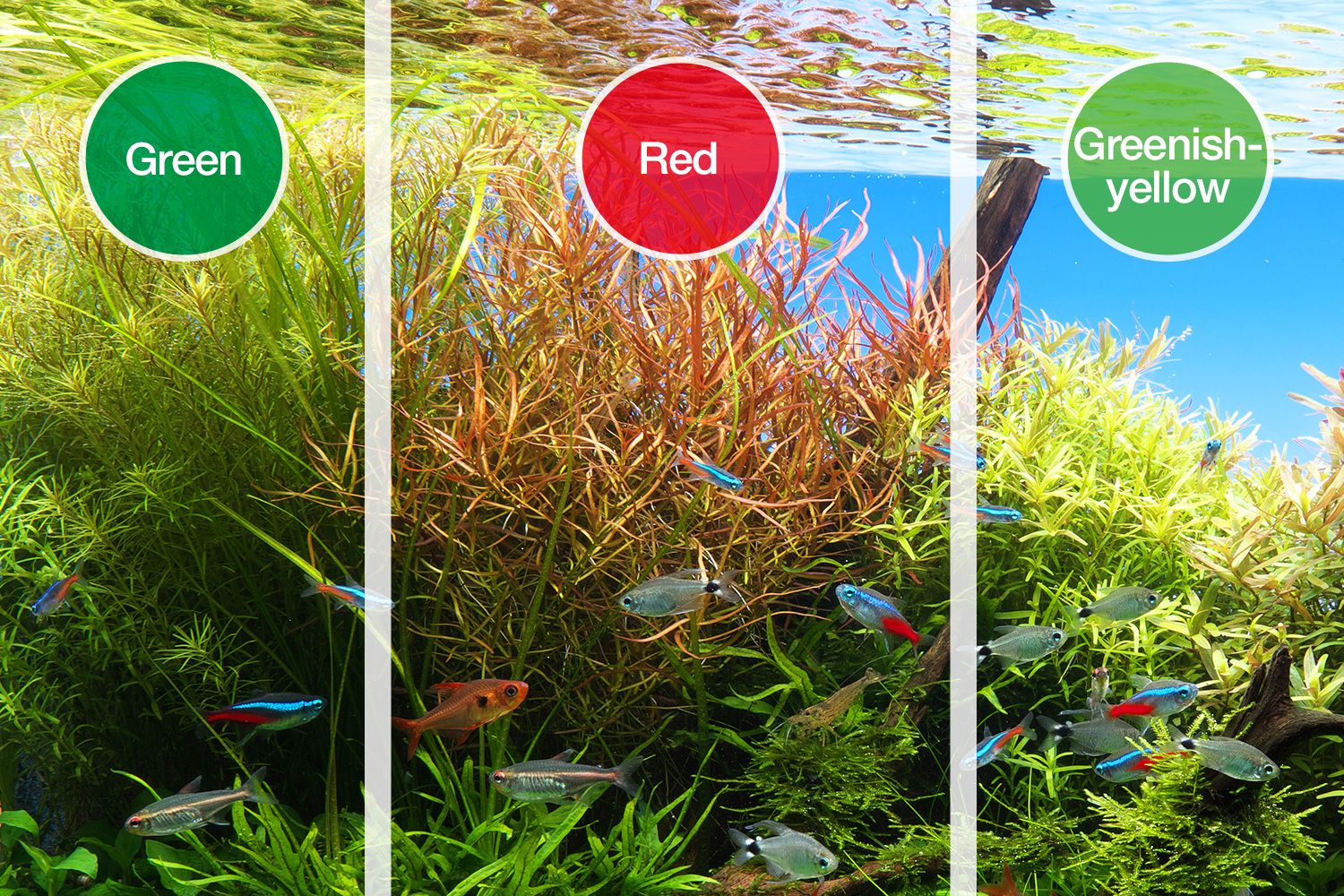
Complementary colors
A planting method that takes advantage of color contrast. Green aquatic plants are planted next to a red plant to emphasize the shade. Because the color contrast creates visual effects, these colors complement each other and the impression of the red plant becomes stronger.
A planting method that takes advantage of color contrast. Green aquatic plants are planted next to a red plant to emphasize the shade. Because the color contrast creates visual effects, these colors complement each other and the impression of the red plant becomes stronger.
Visual expression with mixed plants
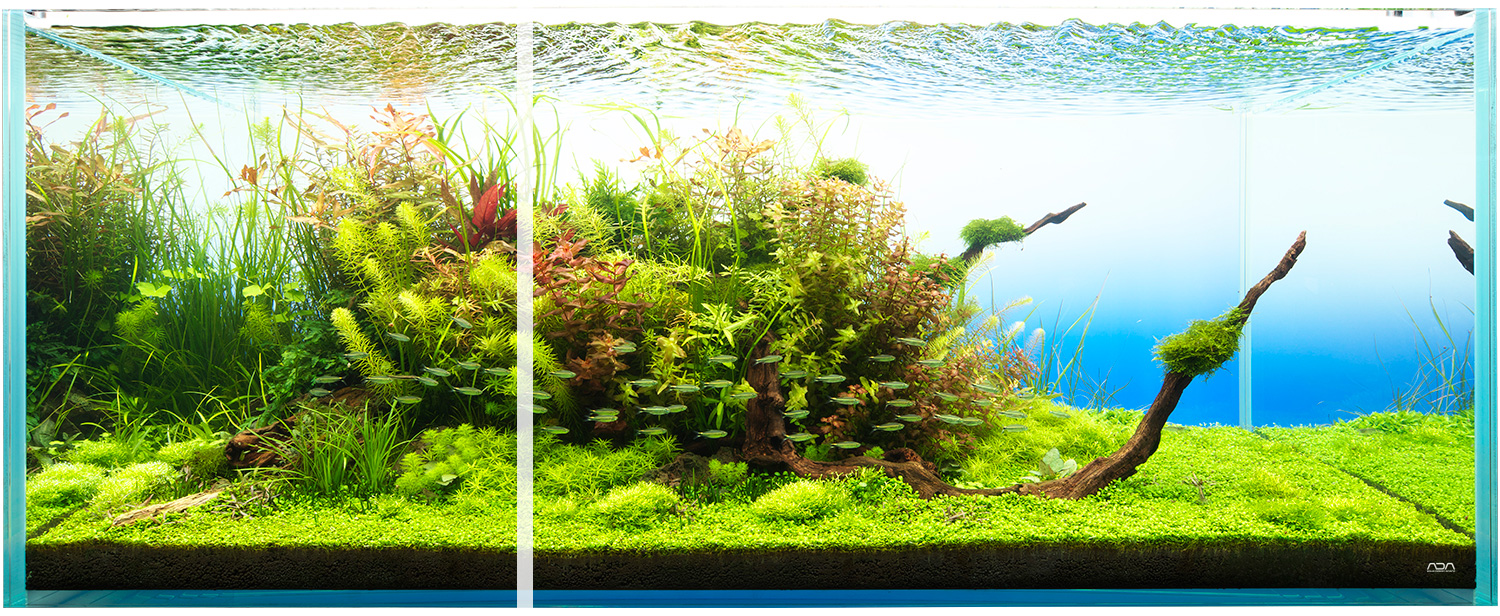
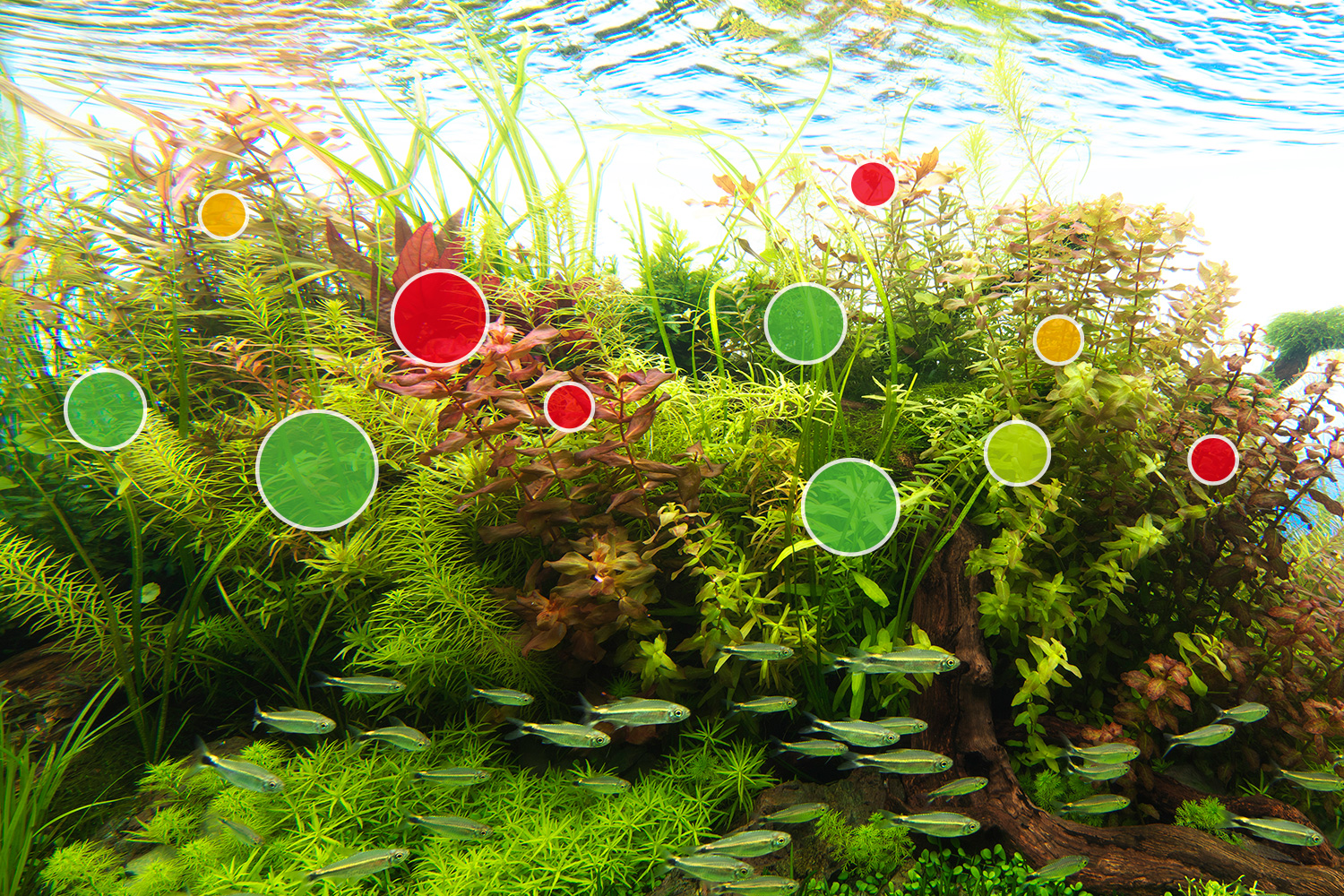
A natural feeling created by planting various plants randomly
Here is an example of an aquascape in which various plants are mixed together instead of being sorted. The aquatic plants are planted randomly so that there will be some height differences when they are fully grown. This is a technique to create a natural feeling by planting stem plants of several different colors in a random pattern while following the rules of different leaf sizes and colors. It requires a creator’s unique perspective and inspiration.
Here is an example of an aquascape in which various plants are mixed together instead of being sorted. The aquatic plants are planted randomly so that there will be some height differences when they are fully grown. This is a technique to create a natural feeling by planting stem plants of several different colors in a random pattern while following the rules of different leaf sizes and colors. It requires a creator’s unique perspective and inspiration.
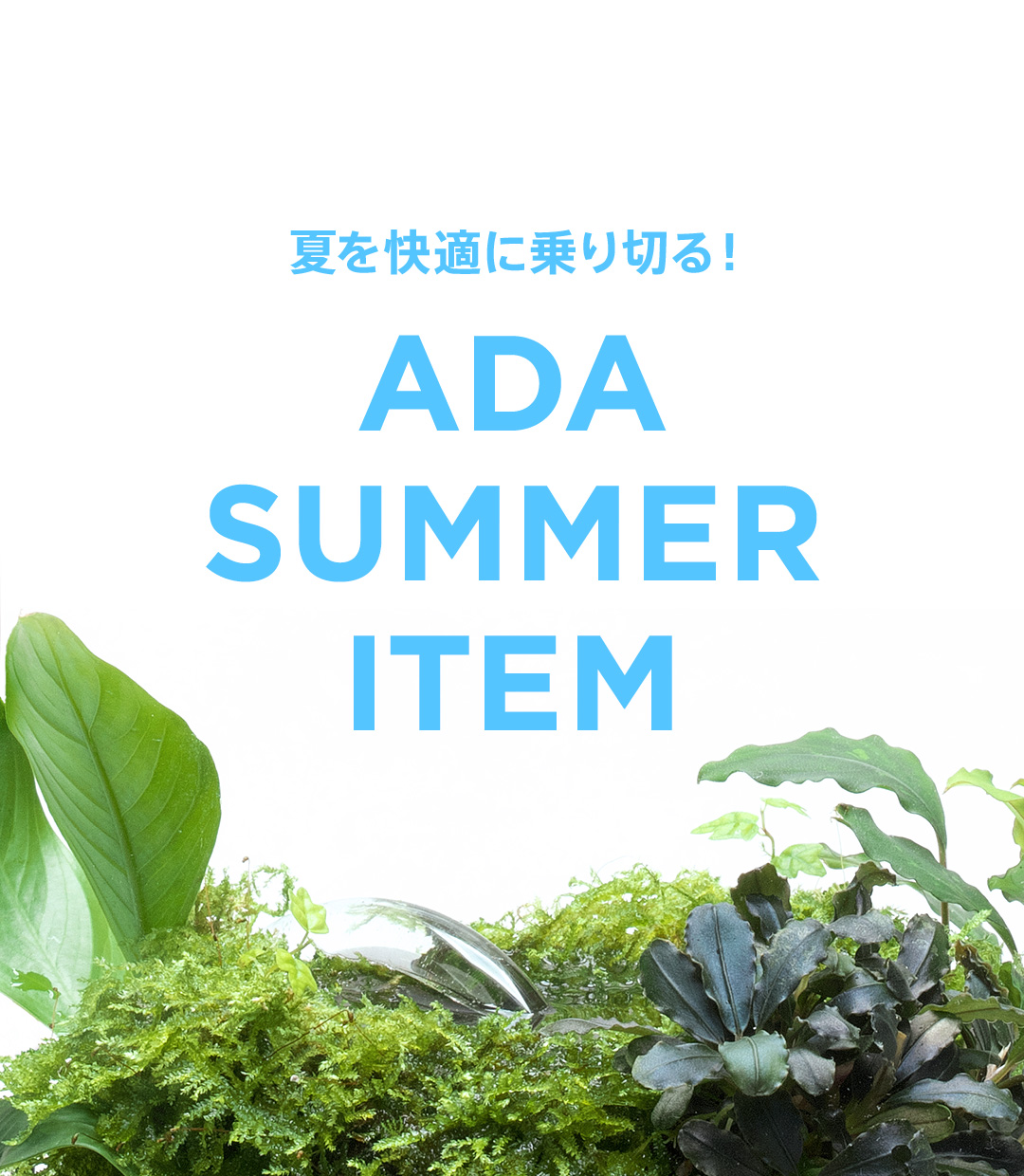
![Green Lab. #02 [ Karst Climber ]](https://www.adana.co.jp/wp-content/uploads/sites/3/2025/07/gl02_img_ogp.jpg)
